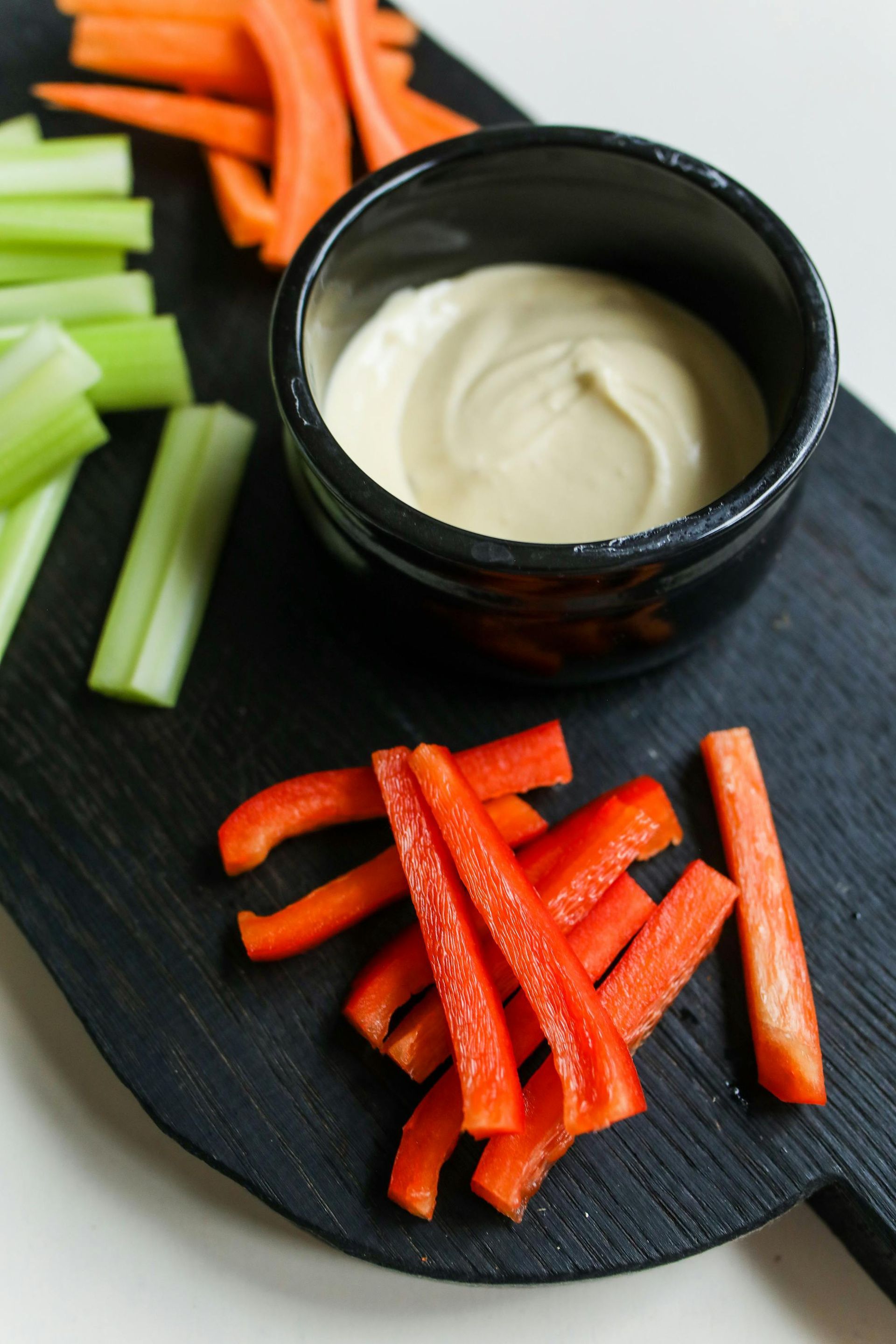4 Ways to Help the Whole Family Eat More Produce!
Written By: Mairead, Registered Dietitian
We all know that vegetables and fruit are good for us and key part of a healthy diet. They are packed with fibre, vitamins, minerals, and antioxidants. They are low in calories, for those watching their portions but still wanting to stay full. A diet high in fruits and vegetables is associated with a lower risk of chronic diseases, including cardiovascular disease and diabetes.
But actually getting those fruits and vegetables in can be hard work, especially for families! Fortunately, there's lots of ways to make produce more fun for everyone - from parents who know what they should be eating to kids who just don't want to. For kids, even if they don't love their produce, continuing to explore and be exposed to fruits and vegetables is still helping them learn about healthy eating!
Check out these tips to help everyone eat more produce!
1. Explore new options! There are so many fruit and vegetable options out there! If you're feeling bored with your usual produce standbys, it's time to look for more options. Go explore the produce department of your favourite grocery store - the bigger the store, the more new options there may be. Kids especially can have fun checking out all the different new-to-them ideas. Pick one or two to bring home and try, and repeat the whole adventure as needed! Even for adults, this can add a much-needed dose of whimsy to your fruit and vegetable game.
2. Add produce to your snacks! Sometimes we just need more opportunities in a day to get that fruits and vegetables in. If you're not already, adding them to your snacks can give you just that! Easy options on the go include apples, bananas, and raw veggie sticks. It doesn't need to be complicated, and can be an easy options for kids and adults alike. For longer lasting energy, make sure to pair your produce with some kind of protein, such as cheese, nuts, or hummus.
3. Cook them in different ways! Maybe the rut you're stuck in is that you're preparing your produce the same way every time. If you always go for a basic salad or steamed veggies at dinner, try roasting a medley of whatever's in your crisper drawer. Maybe do a family experiment to see how many different vegetables you can find that make great oven fries! (Spoiler alert, it's way more than just potatoes!) For fruit, try making fruit salads, or adding them to more savory salads, baked goods, or your favourite breakfast cereal. Mixing it up might be just the way to get everyone more excited about fruits and veggies!
4. When in doubt, add a dip! Kids love dip. Adults love dip. This can be such an easy win! While dips sometimes have a bad reputation due to their higher fat content, the veggies or fruit you have with dip is still better for you than having no produce at all! In fact, the fat you find in many dips actually helps your body better absorb certain vitamins, including vitamins A, E, D, and K. While the obvious dip pairing is with raw veggies, roasted or other cooked veggies may also be fun to dip, and fruit pairs well with yogurt-based dips!
Would your family try any of these ideas this summer? When the goal is to help everyone include more vegetables and fruit in their diets, sometimes you just need new ways to make them more fun!
Looking for more personalized nutrition advice? Let's chat! Email mairead@degreefitnessseaforth.com for more info, or click HERE to book your FREE Bite-Sized Nutrition Chat!



